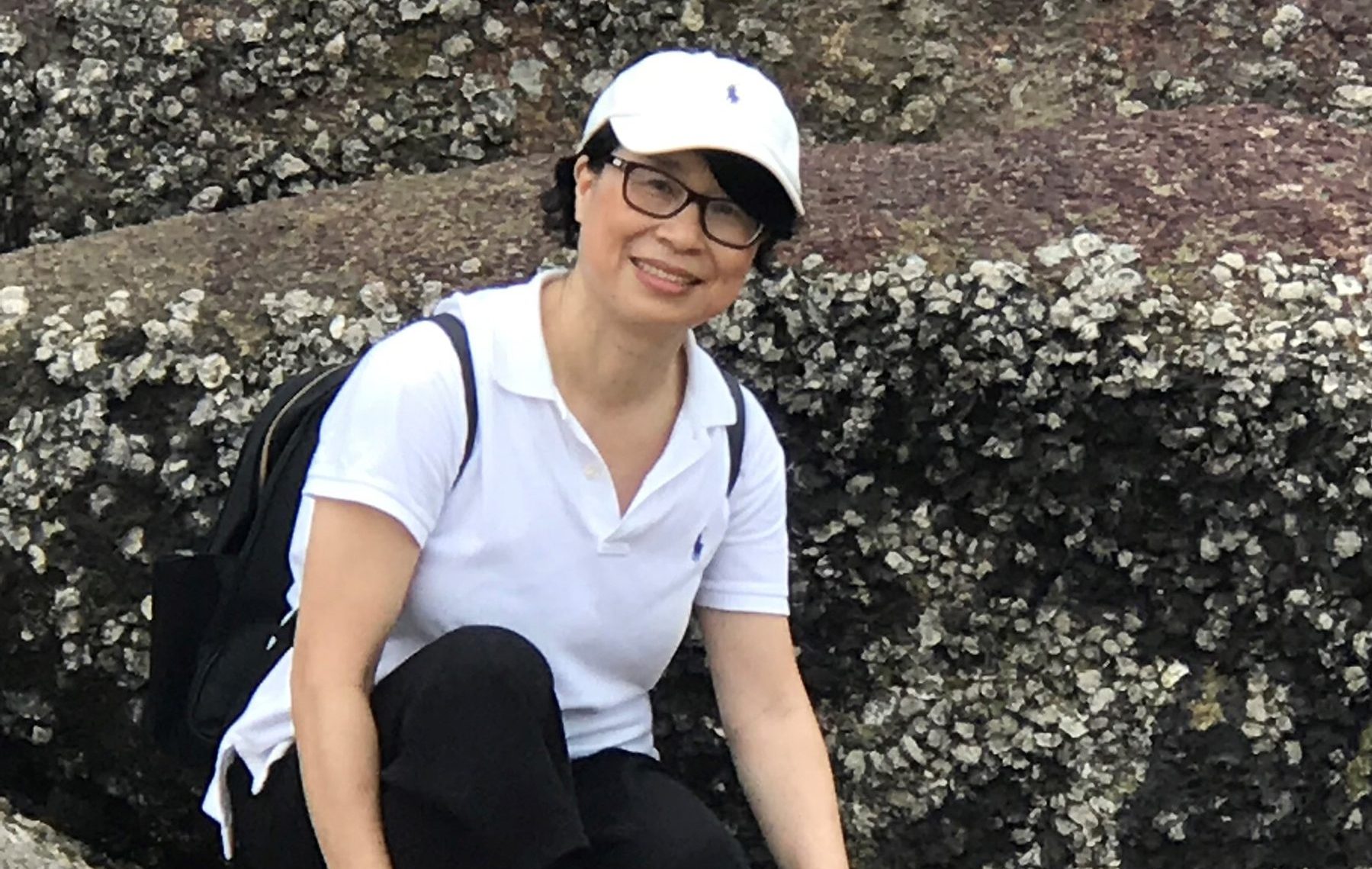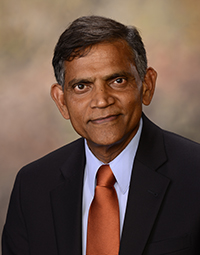An Auburn University research team in the College of Forestry, Wildlife and Environment has been awarded a grant of $450,000 from the U.S. Department of the Treasury in cooperation with the State of Alabama Department of Conservation and Natural Resources and the Alabama Center of Excellence at the MESC/Dauphin Island Sea Lab.
Led by Shufen “Susan” Pan, lead principal investigator, the grant will fund a study to develop a holistic platform that integrates multiscale observations, machine learning and systems modeling for coastal monitoring, assessment and prediction, or Coast-MAP, of ecosystem health, water resources and social resilience.
The Gulf of Mexico has been experiencing increased impacts of persistent climate stressors, including frequent floods, intense hurricanes, increasing sea level rise and is likely to undergo further rapid climate change in the coming years.
As part of its assessment, the research team will consider multiple stressors, including climate change, floods and droughts, hurricanes, land use, urbanization, nutrient uses, sewage and nutrient loads.
“To address the combined effects of multiple stresses and to improve predictability, there is a critical need for methodological advancements that integrate multiple layers of geographic information and pursue a science-based approach to monitoring, understanding, predicting and responding to changes in coupled social-ecological systems along the Gulf of Mexico,” said Pan.
As director of the college’s GIS and Remote Sensing Laboratory, Pan has used emerging technologies in geospatial modeling, computer simulation, satellite observation and AI/machine learning to monitor, assess and predict, or MAP, multiscale dynamics of coupled social-ecological systems in the context of climate and global environmental change.
To achieve their goal, the team, comprised of Pan and co-principal investigators Christopher Anderson, Hanqin Tian and the University of Alabama’s Wanyun Shao, has proposed four objectives.
“First, we will evaluate the contemporary states of ecosystem health, water resource and social resilience through ground and satellite observations, machine learning and geospatial mapping observing,” said Pan. “We then will assess and attribute impacts over the past 30 years of multiple stresses on ecosystem health and water resource.”
The team will predict potential impacts of climate and land use changes on ecosystem health and water resources in the next 30 years, as well as work to improve the understanding of the effectiveness of specific resilience-based assessments and decision-making tools with stakeholders.
“The methods and metrics will be used to measure coastal resilience that are context specific, validated with observed data and ground-truthed via stakeholder participation,” said Pan.
In addition to numerous other methods, the team hopes to achieve their goals by holding stakeholder workshops to learn about stakeholders’ risk perceptions of future climate conditions; assess multiple stresses impacts on the ecosystem and water resources in the Alabama gulf; and collect remote sensing observations from multiple sources to monitor the functions of different terrestrial ecosystems in Alabama’s gulf.
“The work Pan and her team of researchers are conducting will help us to predict and respond to changes in coupled social-ecological systems along the Gulf of Mexico,” said Janaki Alavalapati, dean of the College of Forestry, Wildlife and Environment. “This science-based approach will help predict potential impacts of climate and land use changes on ecosystem health and water resources.”
(Written by Gracen Carter)











